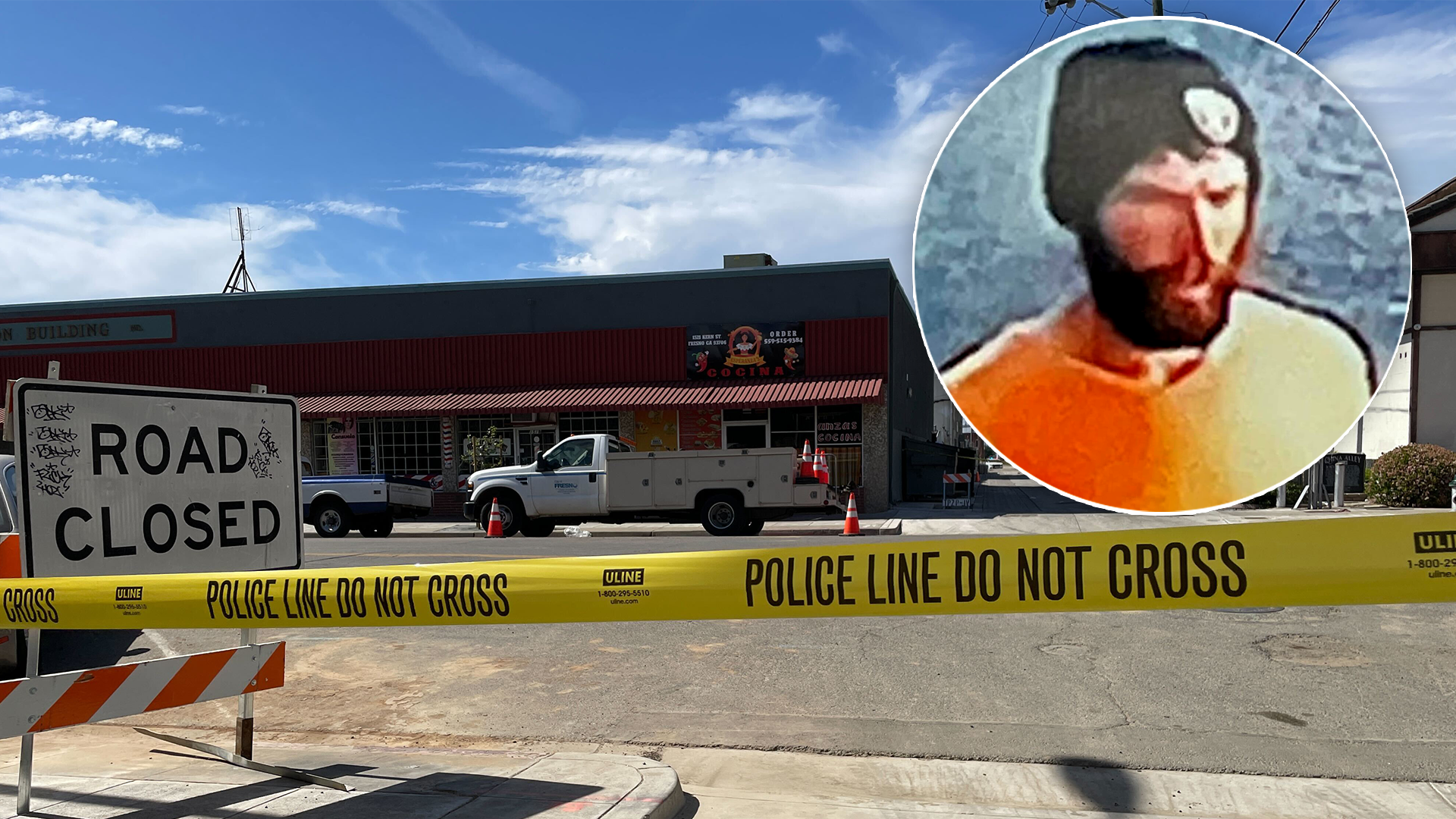Here's why gasoline prices in California are skyrocketing

FRESNO, Calif. -- Gasoline prices in California are skyrocketing.
The average price of a gallon of gas in California on Friday reached $6.08, up some 80 cents or 15% since a month ago, according to data compiled by AAA. At some gas stations in Los Angeles, prices are hovering around $7.00 a gallon.
In California, the average price for a gallon of gas is about 55% higher than the national average, AAA data shows.
According to Gas buddy, the cheapest gas in Fresno county is $4.61 a gallon for regular fuel at Mono Winds Casino Fuel in Auberry.
Followed by 76 & 7-eleven in Clovis at $5.05 and Fuel up at Shaw Ave and first street in Fresno at $5.15 a gallon.
"$25 just gave me 4 gallons of gas, 4 gallons of gas is just going to get me down to the next gas station," said Madera resident, Joseph Moore.
One driver tells Action News inflation is making it difficult to live in today's economy.
"Everybody is just trying to make ends meet and with groceries going up and gas going up, rent going up, you just feel like there's no way out," said Fresno Resident, Alline Carlson.
Calling for legislators to take action.
"If there's something you can do, it's time," said Carlson.
The eye-popping prices in the nation's most populous state owe to a surge in the cost of crude oil combined with output disruptions that have choked refinery capacity, industry analysts told ABC News.
"The fuel delivery system in California is running right up against its limits all the time," Timothy Fitzgerald, a professor of business economics at Texas Tech University who studies the petroleum industry, told ABC News. "Even fairly small disruptions can lead to price spikes."
On Thursday, a key measure of crude oil prices reached its highest level in more than a year. The U.S. West Texas Intermediate futures price peaked at about $95, which marked a roughly 16% increase from a month prior.
The hike traces in part to a decision made in April by the alliance of countries known as OPEC+, led by Saudi Arabia and Russia, which opted to cut oil output by 1.2 million barrels per day starting in May. The move amounted to removing roughly 1% of oil from the global market.
Earlier this month, OPEC+ extended the output cuts to the end of this year.
The decline in supply of crude oil has helped send prices upward in recent months just as California has begun to face a series of setbacks at its refineries, analysts said.
Four of the state's 14 oil refineries are producing at substantially lower levels than normal due to slowdowns caused by weather-related damage or much-needed maintenance, Patrick de Haan, the head of petroleum analysis at GasBuddy, told ABC News.
"There has been kink after kink at some of these refineries," de Haan said. "That's what brought this to a head."
Fitzgerald said the uptick in maintenance-related interruptions stems in part from an effort on the part of refineries to remain at full capacity during the busy summer driving season. At the end of that blitz, some refineries may address long-delayed repairs, he added.
"Refineries run wide open all summer making as much fuel as possible," Fitzgerald said. "This is the time of year as we get into fall where the refineries have to say, 'Gee, we need to fix this.'"
Drivers in California may soon get some relief.
During the summer months in California, oil refineries are required to produce a specific blend of gasoline that limits negative effects on air quality that are more pronounced in the summer heat.
California Gov. Gavin Newsom issued an order on Thursday to state regulators easing rules that forbid oil refineries from producing a cheaper, more plentiful winter-blend of gasoline until Oct. 31.
Under the waiver, refineries are immediately permitted to produce the winter blend, which should increase supply of gasoline and reduce prices, analysts said.
Prices will stop rising over the next few days and begin to fall by the end of next week, said de Haan. He expects prices to drop about 50 cents per gallon by the end of October.
Fitzgerald predicted a modest impact, saying gas prices would fall about 10 cents per gallon as result of the order from Newsom.
"At this point, I'm sure drivers would be happy to have some relief," Fitzgerald said. "But it's not going to bring prices in California back down to the national average."
ABC30 Action News Reporter Brianna Willis contributed to this story.










